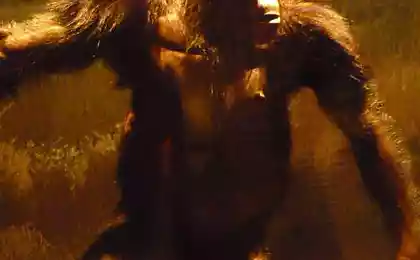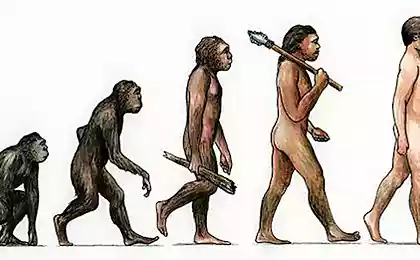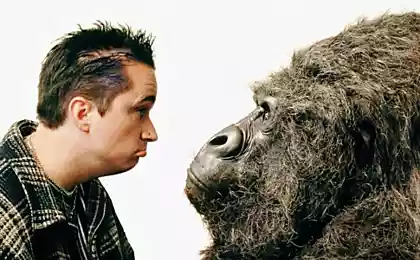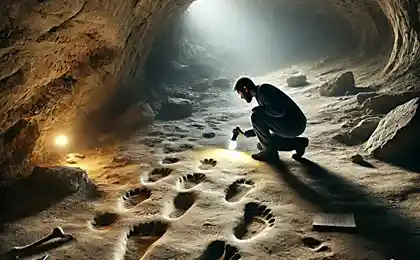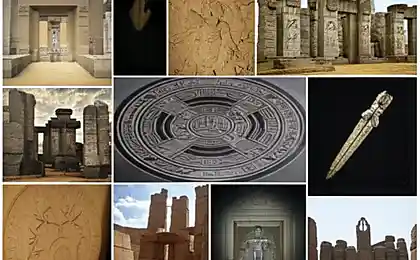228
9 Discoveries That Changed Understanding of Human Evolution
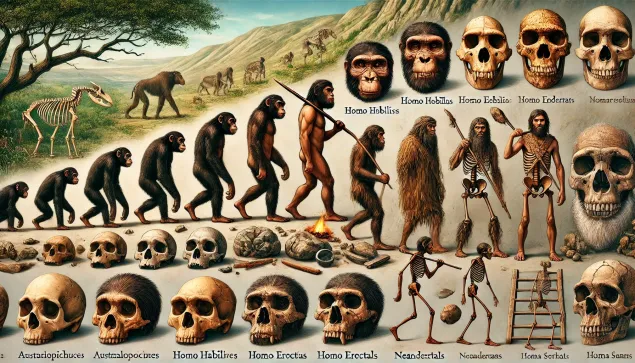
Introduction: Mysteries of our past
Human evolution is a complex mosaic that scientists piece together. Each new find, whether it is an ancient skull, a tool or a rock carving, can change our understanding of how Homo sapiens evolved. Some discoveries make you wonder: do we know everything about our past? Let’s look at nine key findings that have changed our understanding of human evolution.
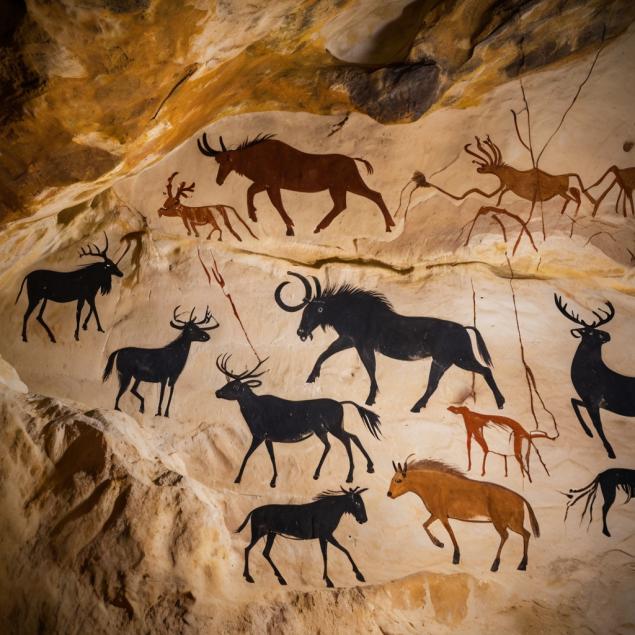
1. Skull from Dmanisi
A 1.8 million-year-old skull discovered in Georgia belonged to one of the earliest members of the genus Homo. Its unusual features forced scientists to reconsider the theory of multiple species of early humans.
Why does it matter?
The Dmanisi Skull showed that early Homo could have been more diverse than previously thought and that migration from Africa began earlier than previously thought.
2. Rock paintings in Chauvet cave
The 36,000-year-old drawings found in France are striking in their complexity and artistic expressiveness. They testify to the high level of cognitive development of ancient people.
Why does it matter?
These drawings prove that art and symbolic thinking appeared much earlier than thought.
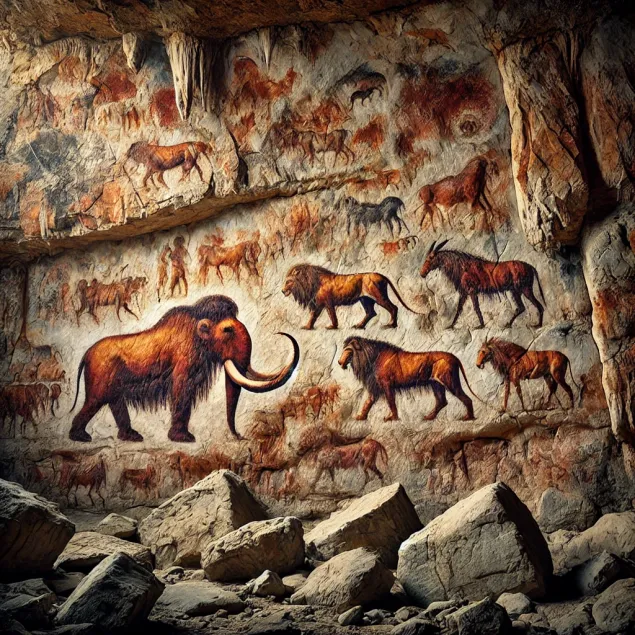
3. Remains of Hobbits from Flores Island
In 2003, on the island of Flores in Indonesia, the remains of Homo floresiensis were found - a dwarf species of people about a meter tall. Their origin is still a mystery.
Why does it matter?
This discovery showed that human evolution may have followed unexpected paths, including isolation and dwarfism.
4. Shell engraved from Trinil
A 500,000-year-old shell found in Java has mysterious patterns. This is one of the earliest examples of symbolic behavior.
Why does it matter?
Engraving indicates that the ability to think abstractly appeared long before Homo sapiens.
5. Tools from Lomekvi
3.3 million-year-old stone tools found in Kenya refute the theory that the first tools were created by representatives of the genus Homo.
Why does it matter?
These findings indicate that the manufacture of tools could have begun in the Australopithecines.

6. Denisovan
The remains found in the Denisova Cave in Altai belonged to a previously unknown species of people. Denisovans interbred with Homo sapiens, leaving a mark in our genome.
Why does it matter?
This discovery has expanded our understanding of ancient human diversity and their interactions.
7. Traces in Laetoli
3.7 million-year-old fossil footprints found in Tanzania belonged to australopithecines. They are evidence of uprightness long before the appearance of Homo.
Why does it matter?
Traces confirm that walking upright developed earlier than the large brain.
8. Skull from Ivo Elero
A 13,000-year-old skull found in Nigeria has unusual features combining archaic and modern features. This speaks to a complex history of evolution in Africa.
Why does it matter?
The find highlights that Africa was a melting pot for different kinds of people.
9. Genetic traces of Neanderthals
DNA studies have shown that modern humans carry Neanderthal genes, suggesting interbreeding between species.
Why does it matter?
This discovery changed the view that Homo sapiens and Neanderthals were completely isolated species.
Conclusion: Evolution continues
Each of these discoveries adds a new piece to the puzzle of human evolution. They remind us that our past is more complex and interesting than we ever imagined. Who knows what other mysteries await their discovery?
7 Taoist Principles to Let Go of What No Longer Serves You
11 Signs You Are Projecting Your Feelings on Others, and Why It’s Harmful

